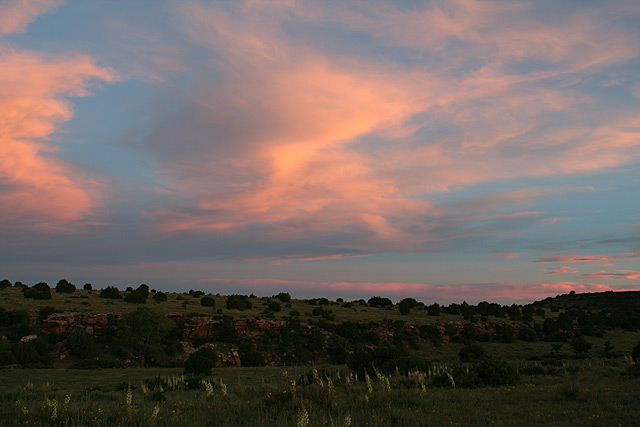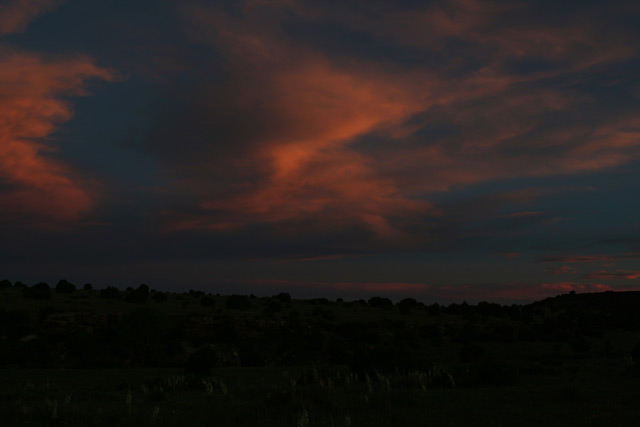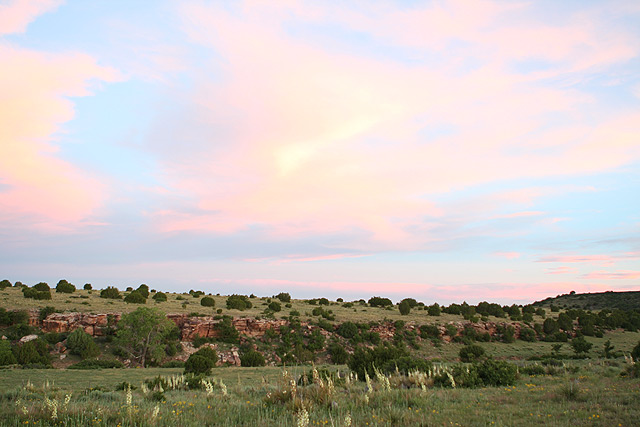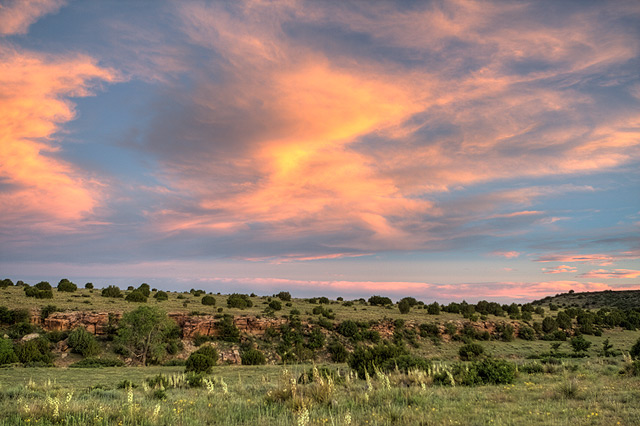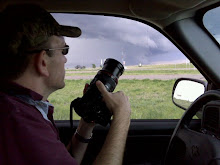I am a slacker. I've been busy and preoccupied with various things and my blog has fallen by the wayside as a result. BUT, this has been in the queue and I've decided to get it out in hopes of jump-starting my blogging time.
Recently I have started to play with High Dynamic Range (HDR) photography. The human eye can perceive a high range of brightness with clarity; from dark corners of a building to the bright blue sky out the window in the same scene. However, cameras do not have this ability. Print film/slides can "see" about 7 stops of contrast, my Canon Digital Rebel XT can "see" about 10 stops of contrast, and the computer screen can display about 9 stops. The human eye on the other hand can see anywhere from 20 to 30 stops.
This poses problems for tying to capture in a picture with what I am seeing when there is a large difference in brightness/contrast in the scene. Before the advent of digital photography, the use of neutral-density filters, over and under exposure, ISO push, and film development techniques all tried to compensate for the limit of technology. I still have in my gear bag many of these filters and from time to time will pull them out and use them. Then I dove into Digital Photography when I purchased my Canon Digital Rebel XT in 2005. After becoming comfortable with the abilities of the camera, a friend of mine introduced me to HDR photography 3 years ago. I filed this newfangled process in the back of my mind believing I would stick to the true nature of photography and not let technology do the work for me.
Another reason I didn't dabble in HDR was an unfounded belief that anything altered or created significantly by digital means is NOT photography in true form. Don't get me wrong, I used Paint Shop Pro and now Photoshop to remove dead pixels, dust on the sensor, and a blur or two from fingerprints or water on the lens. However, I felt for the longest time that HDR images didn't look "real" mainly because HDR was still in it's infancy. For example (pulled at random from Picasa), this album just doesn't look right to me for some reason. The color balance was off and it looks as if the sky was burned into the image. Several other pictures had this similar unnatural discontinuity. I also had to deal with on occasion at work images submitted of tornadoes that were obvious fakes that soured my taste for heavy digital editing.
But as is usually the case, technology improves, methods improve, and my mind started to change. I started to see stunning images created through HDR work, and now there are videos starting to arrive that are made through HDR techniques (and probably take a LOT of work!!!). Information on various methods, techniques, and software started to grow and I finally started to realize that HDR images can bring the actual image out MUCH closer to what I was seeing through the viewfinder. Let me give you an example:
This image was taken by my XT at 5:27 AM MDT at 0 EV. The color in the sky is nice but the foreground is rather dark.
For this case, I had set my XT to bracket at +/- 1 EV for three shots (Ideally, I would have done +/- 2 EV and +/- 1 EV for a five shot bracket but my XT cannot do this). So, the -1 EV shot looked like this with a nearly invisible foreground but the deeper reds came through in the sky:
And then the +1 EV images came in with the sky almost totally washed out BUT the foreground is totally visible now!
For my HDR processing, I plinked down for Photomatix Pro after reading many a blog, review, and webpage on the various software packages out for HDR work. Taking the three images (remember, you need at least two or more images to combine into HDR, ideally several from the + and - EV sides) and letting Photomatix Pro combine them, then tonemapping the image, reloading into Adobe Photoshop Elements, then only doing a weak sharpening for this example, we end up with this image:
And THIS is what I saw that morning about as close to what it really was as I can reproduce right now. That is what I am supposed to do; capture the images as close as to how it is in nature so that others can see and enjoy. If HDR helps me to do so, then I am all for it AS LONG AS it is stated that the images is indeed HDR and not a single exposure. Not disclosing this fact in my mind is misleading to the viewer/buyer and is also dishonest at the least. I prefer integrity and honesty over being a fake or liar any day...
ANYWAY, having worked through my initial issues with the idea of HDR, I am now actively looking for scenes where this may work to help convey what was truly going on at the time I saw the scene in the picture. Matter of fact, technology has come such a long way that I now have an app on my iPhone that will take HDR images using the built in camera. I can now capture more realistic images while out and about and share them with others while still using the digital SLR for archival, print, and maybe eventually selling higher quality images. Besides, since I don't have a tripod for the iPhone, there are still some alignment issues with the images and the tonemapping isn't quite as robust as in Photomatix but it gets the job done:
I continue to warm to HDR photography as yet another tool in my camera bag (well, now camera AND laptop bags) to try and represent the best image possible. It opens a new way to give you the image that I saw with my eyes or at least something as close to it as possible. Hopefully images that make you have the same reaction when I see them in real-time: "WOW!"...
Let Me See Jesus (Matt Redman, Charity Gayle)
2 months ago

